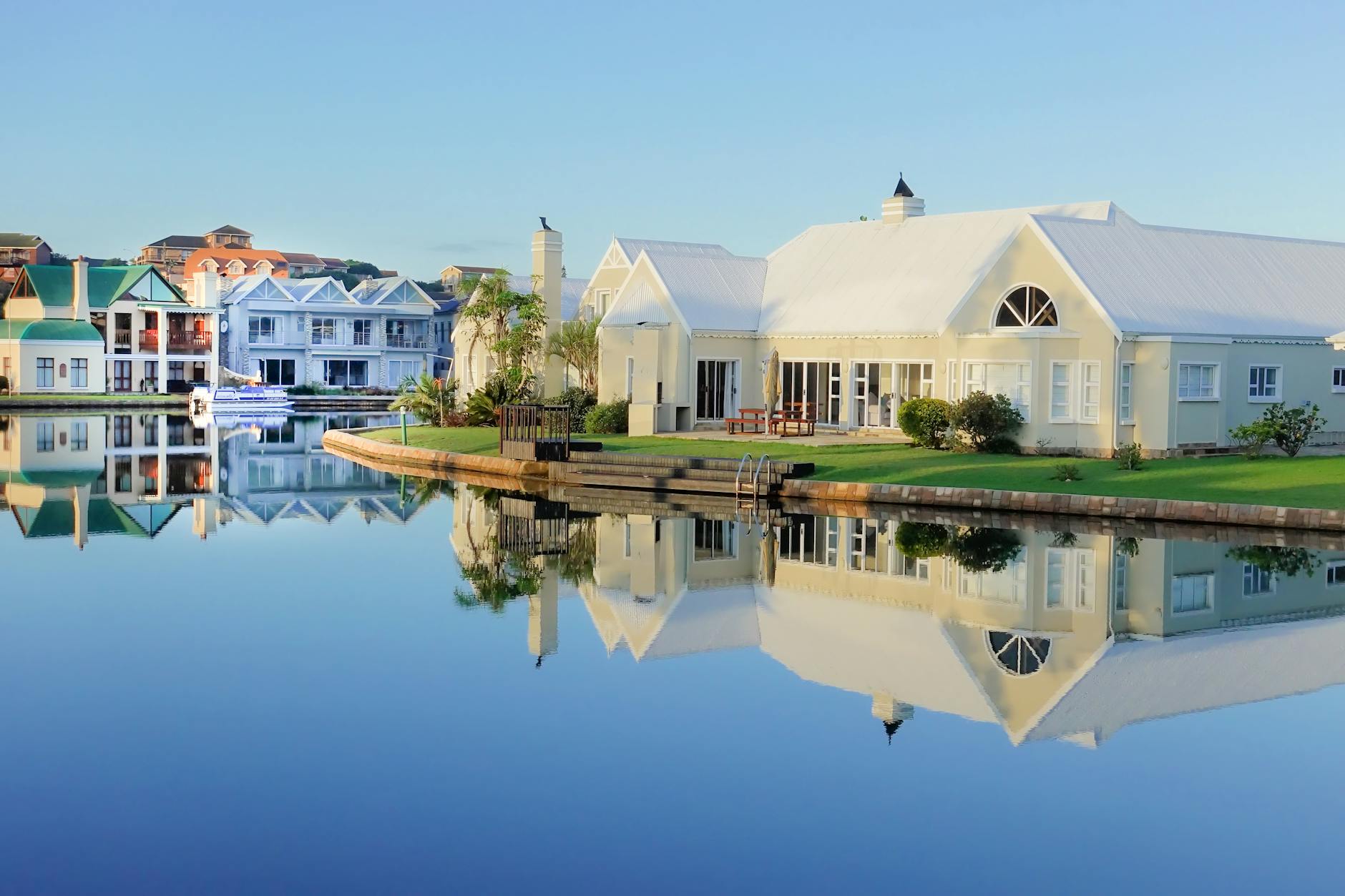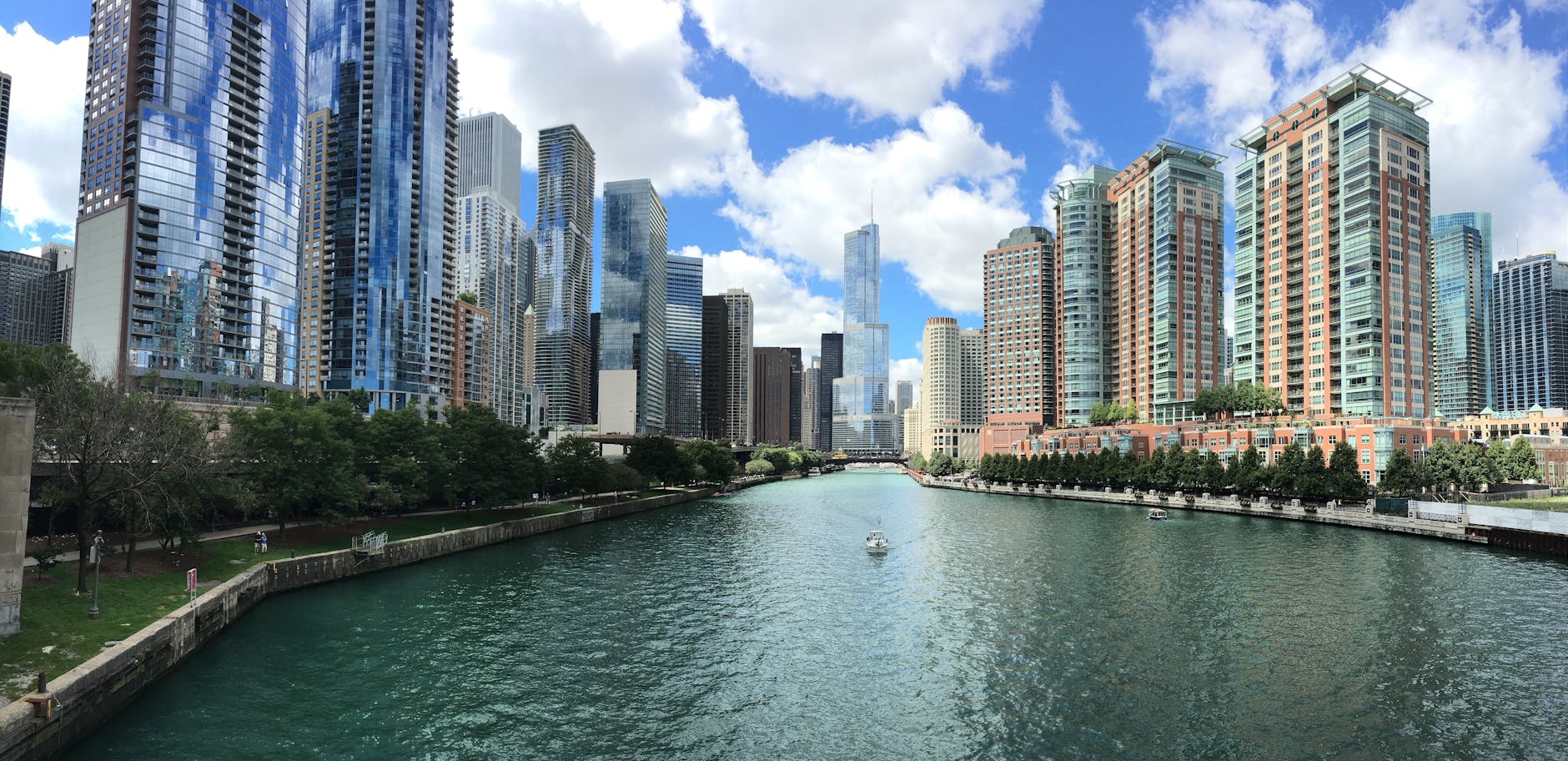In Bangkok, the equation of high-rise condominium = luxury is a widely accepted norm.
Yet, when we turn our gaze to Tokyo’s real estate market, we quickly realize that height doesn’t necessarily equate to high-end living.
In fact, among the wealthy, the most coveted properties are often designed with an entirely different philosophy in mind: low-rise, tranquil, and intentionally low-density. These “quiet luxury” residences reflect a refined architectural narrative focused on privacy, elegance, and subtle sophistication.
We explore the fundamental differences between Thailand’s iconic tower-style condominiums and Japan’s understated, boutique luxury residences—revealing two distinct interpretations of what true luxury really means.
◆ Is “High-Rise Equals Luxury” an Outdated Notion?
In Bangkok, luxury has long been defined by vertical grandeur—50-storey towers, rooftop infinity pools, and an abundance of shared amenities signal exclusivity and prestige. This stems from a cultural backdrop where the pace of urban development and the visual impact of height have been synonymous with status and value.
In contrast, Japan’s luxury ethos is grounded in a different set of values. Here, true sophistication is measured by the quality of daily life—quiet surroundings, heightened privacy, and meticulous property management.

◆ Why Low-Rise Residences Are Preferred in Tokyo
In Tokyo’s prestigious residential neighborhoods—such as Moto-Azabu, Shirokanedai, Hiroo, and Daikanyama—low-rise developments share the following features:
- Strict zoning regulations preserve the local skyline and prohibit high-rise construction to protect historic and residential ambiance.
- Land scarcity means only a limited number of low-rise buildings can be developed—making supply exceptionally rare.
- Stable communities, with minimal turnover among residents, maintain a peacefu living environment.
In essence, the very nature of low-rise living in Tokyo is a marker of exclusivity—accessible only to a truly select few. Here, architectural modesty signals refined luxury and societal stature.
◆ The differences between Privacy and Density
High-rise condominiums often accommodate hundreds of units within a single tower, where residents share elevators, corridors, and entryways. This density can lead to a sense of transience—where frequent foot traffic and anonymity make it difficult to know who lives next door.
By contrast, Japan’s low-rise luxury residences offer a completely different experience:
- Only 2–3 residences per floor
- Professional concierge services that manage visitor access with and security
- Common areas that evoke the calm and intimacy of a private home
- This is why these properties are often described as “mansions you can live in like a home.”
◆ The Quality of Maintenance: A Key Differentiator
While high-rise towers boast an array of amenities, they often come with elevated management fees and costly maintenance reserves. Moreover, the sheer scale and complexity of these properties can result in inconsistencies in the quality of upkeep over time.
In contrast, Japan’s low-rise luxury residences excel in long-term value preservation due to:
- Well-functioning homeowners’ associations that take an active role in property governance
- Meticulous upkeep, even as buildings age, maintaining visual and structural elegance
- A strong sense of shared responsibility among residents to preserve and enhance the property’s intrinsic value
As a result, it’s not uncommon for low-rise residences in Tokyo to maintain or even appreciate in value, even after 20 years.

◆ A Shift in Perspective Among Thailand’s Affluent Buyers
In recent years, an increasing number of Thai investors have begun to recognize the intrinsic value of serene, beautifully crafted low-rise residences.
“Luxury in Japan isn’t flashy—it’s something you feel in the atmosphere.”
“I was drawn not to the height of the tower, but to the peace of a well-managed, low-density residence.” — Voices from buyers
These sentiments reflect a testament—from the allure of visual opulence to a deeper appreciation for quality living environments.
◆ Summary: “Tranquility is the Ultimate Luxury”
Thailand’s high-rise condominiums offer the status of ownership. Tokyo’s low-rise residences, by contrast, represent the luxury of living—a quiet indulgence in daily beauty and privacy.
Both have their merits. Yet, the most discerning buyers are increasingly drawn to the latter.
In the new era of luxury real estate, the measure of true value will no longer be how tall a building stands,
but how profoundly it enriches one’s life.




